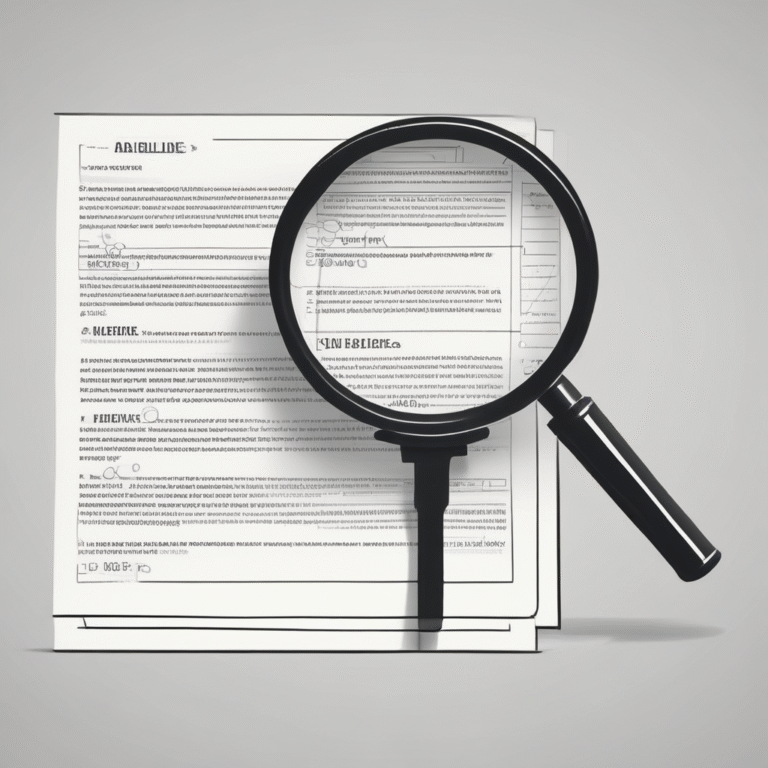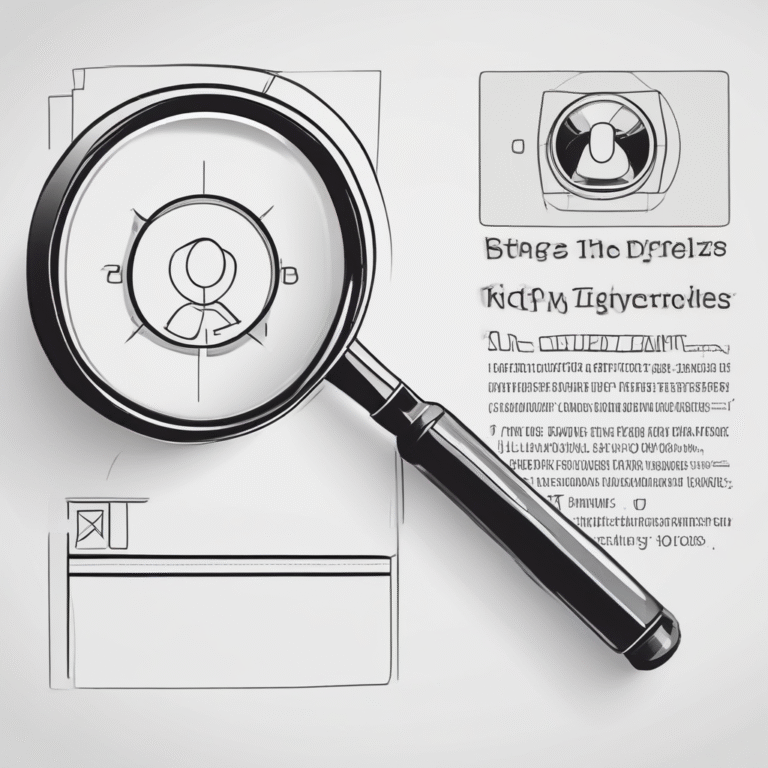Focusing AI Governance on Qualitative Capability Leaps
Artificial Intelligence (AI) governance is entering a new era, concentrating on novel threats rather than familiar risks. This shift is driven by significant advancements in AI technology and a changing regulatory landscape that demands attention to the unique challenges posed by AI capabilities.
The Evolving Landscape of AI Governance
The recent success of DeepSeek in developing an advanced open-weight model at a fraction of the cost compared to leading laboratories in the United States has demonstrated that the technological frontier is increasingly accessible. This change in the economics of capability development allows a wider range of entities, including potential adversaries, to create and deploy advanced AI systems with minimal resources.
Additionally, recent remarks by Vice President JD Vance signal a pivot away from a unified international approach to AI safety towards more nationalistic strategies. This shift raises critical questions about what constitutes AI security in this new paradigm.
Understanding AI Security
AI security focuses on capability leaps—attributes that give rise to new threat vectors or methods of security attacks. A strong emphasis on AI security necessitates a regulatory approach that addresses threats enabled by AI’s novel capabilities, which can fundamentally alter the threat landscape.
Current legislative efforts worldwide tend to focus on content-related and cultural issues such as regulating AI-generated media, addressing bias, and managing misinformation. While these concerns are valid, they often represent extensions of existing problems rather than new threats.
The Privacy Challenge
Privacy serves as a crucial case study in understanding the limitations of current regulatory frameworks. Traditional privacy regulations operate on the premise of obtaining consent before data collection. However, advanced AI technologies have the capacity to:
- Infer sensitive information that was never explicitly shared.
- Recognize patterns across disparate data sources, revealing private information.
- Anticipate future behaviors or life changes without direct disclosure.
These capabilities represent a threshold breach, fundamentally changing the nature of privacy violations. Existing frameworks that rely on notice and consent are inadequate to address these emerging challenges.
AI in National Security
Among the most pressing AI security threats is the democratization of bioweapon development capabilities. What was once restricted to advanced state programs is now accessible to non-state actors, raising concerns about the potential for malicious actors to develop advanced bioweapons using AI-guided design.
Moreover, AI enhances cyber threats, enabling self-propagating systems that autonomously exploit vulnerabilities and create adaptive attack methods capable of bypassing traditional defenses. This shift fundamentally alters how malicious activities can occur and who can carry them out.
Regulatory Mismatch
The current regulatory landscape is misaligned with the novel threats posed by AI. While there is a focus on content regulation and privacy protections, the truly new threats—those representing genuine capability leaps—remain largely unaddressed. This gap creates security vulnerabilities while risking overregulation in areas where existing frameworks could be sufficient.
A New Framework for AI Security
An effective AI security framework should prioritize threats where AI creates qualitatively new capabilities. Some potential interventions within this framework include:
- Implementing supervised access to biological design capabilities with rigorous security protocols.
- Establishing a national biodefense modernization initiative that integrates advanced technological solutions.
- Authorizing a comprehensive critical infrastructure hardening program to defend against AI-enhanced threats.
This approach not only addresses genuine risks but also allows for beneficial innovation to thrive, particularly among smaller organizations developing specialized applications.
Conclusion
By focusing regulatory attention on novel threats rather than familiar cultural concerns, we can create a robust AI security framework that effectively mitigates the most dangerous aspects of AI while allowing continued innovation in beneficial applications. The time to establish these targeted security measures is now, before malicious actors can exploit these novel capabilities.










